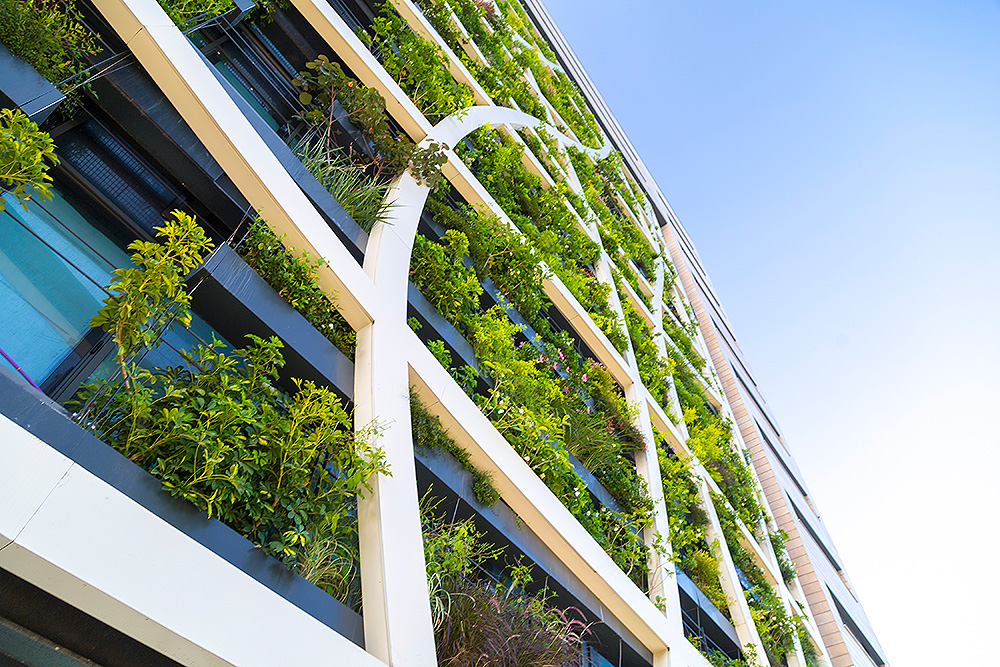The Power of Green Branding
Brand owners have been focusing on sustainability for some years and the topic has gained further importance in the last months. New trademarks are therefore developed, existing amended and companies also look for completely new ways of legal protection. One may think of the registration of ordinary trademarks, eco-labels or the use of certification marks.
There is little doubt that we have seen an increase in environmental consciousness over the last years. Brand owners have responded to these developments with new products and offerings but also with an alteration in branding. Green is evidently the colour of the natural world and its use has increased significantly in recent years. But what exactly is green branding? How may sustainable signs gain legal protection? And how do the various elements interact with the existing trademark system?
Distinctiveness remains important
The legal approach towards sustainable trademarks has been rather modest although the law has started to adapt to the latest changes in consumer behaviour. Brand owners approach the rise of sustainable awareness largely by one of the most well-known legal measures – trademark registrations. The number of trademark registrations that encompass green as primary colour or make use of word elements such as eco, bio and green has increased substantially over the past few years.
The biggest hurdle for any business that seeks trademark protection for a green brand name is that the mark may appear merely descriptive. Applications for word marks dominated by terms such as green, biological, fair/fair trade or eco are therefore likely to be regarded descriptive. The most obvious way of securing protection for sustainable trademarks lies – as usual – in the establishment of brands that contain unusual or artificial words and word combinations that still allow the consumer to draw a link to sustainability. The adding of non-descriptive elements, in particular graphical elements, is another way of securing trademark registrations for trademarks with a descriptive connotation.
Alternative: Eco-labels
Eco-labels are labelling systems for food and consumer products. The use of eco-labels to promote sustainable business practices is applied around the world. The first eco-label of the world was the German certification Der Blaue Engel („The Blue Angel“). It has been awarded for products and services with environmentally friendly aspects since 1978.
Eco-labelling was originally introduced by non-government organisations (NGOs). Since then, national governments across the world but also the European Union have picked up the idea and introduced legislation for the operation of eco-labelling. They have also created their own eco-labels. Since 1992 it has been possible to award products with the EU eco-label in all member states of the EU, Norway, Liechtenstein and Iceland. Other examples are the well-known German Bio-Siegel and the EU organic arming log.
Increasing relevance: Certification marks
Apart from sustainable trademarks and eco-labels, certification marks play an increasing role in the further development of reliable standards and recognised labels for sustainable products. Certification marks are signs that indicate a specific quality of goods or services by certifying certain standards, such as the method or mode of manufacture. They allow a certifying body (institution or organisation) to permit others to use a praticular mark for the purpose of guaranteeing tot he relevant public that their goods or services comply with certain certficiation requirements. This usually relates to a mode of manufacture or the material or quality of the goods concerned.
There are EU member states such as France, Spain and Sweden that have had existing legal frameworks for certification marks for some time. The EU allows the registration of an EU certifiction mark only since 2017. Such registration requires the submission of a statute. This statute regulates the conditions under which the certfication mark may be used. Besides, German Trademark Law allows the application of a German certification mark since 14 January 2019. As for the EU certification mark, the German certification mark does not allow the trademark owner to make use of the mark itself and it has to disclose the applicable standards in a statute.

